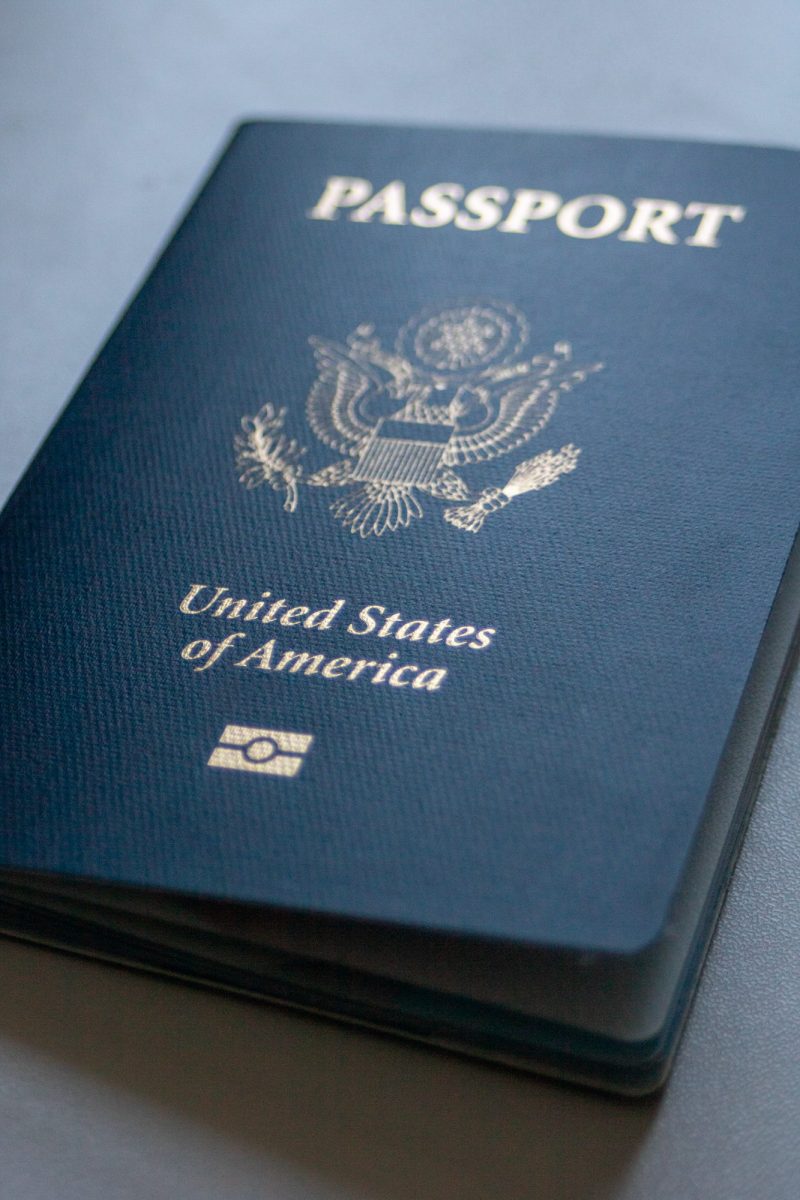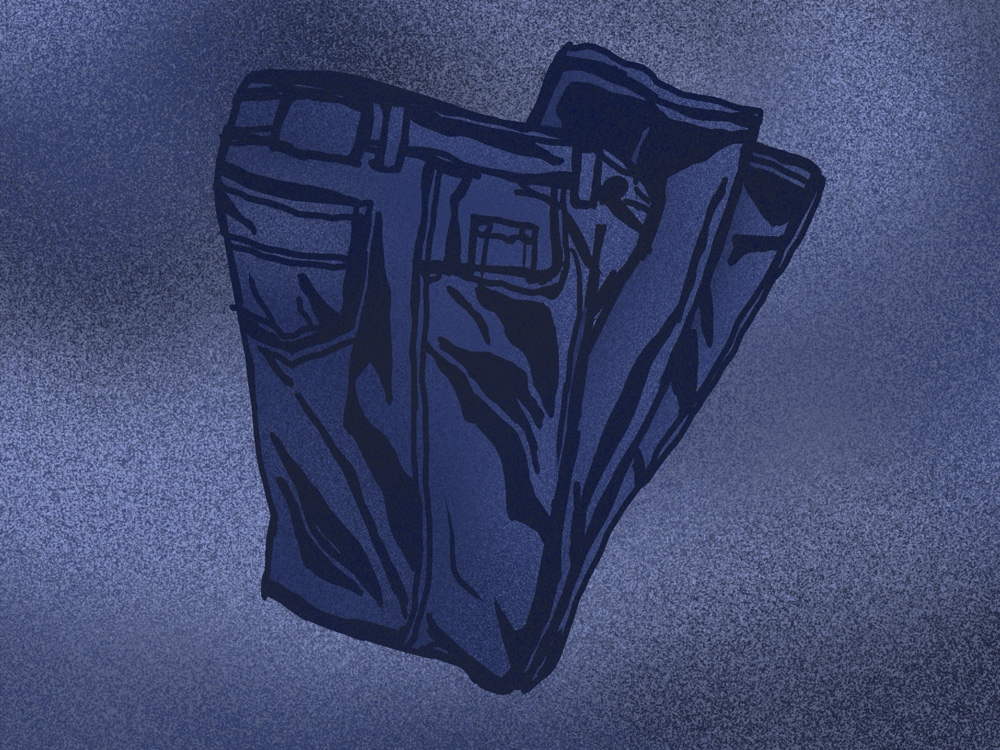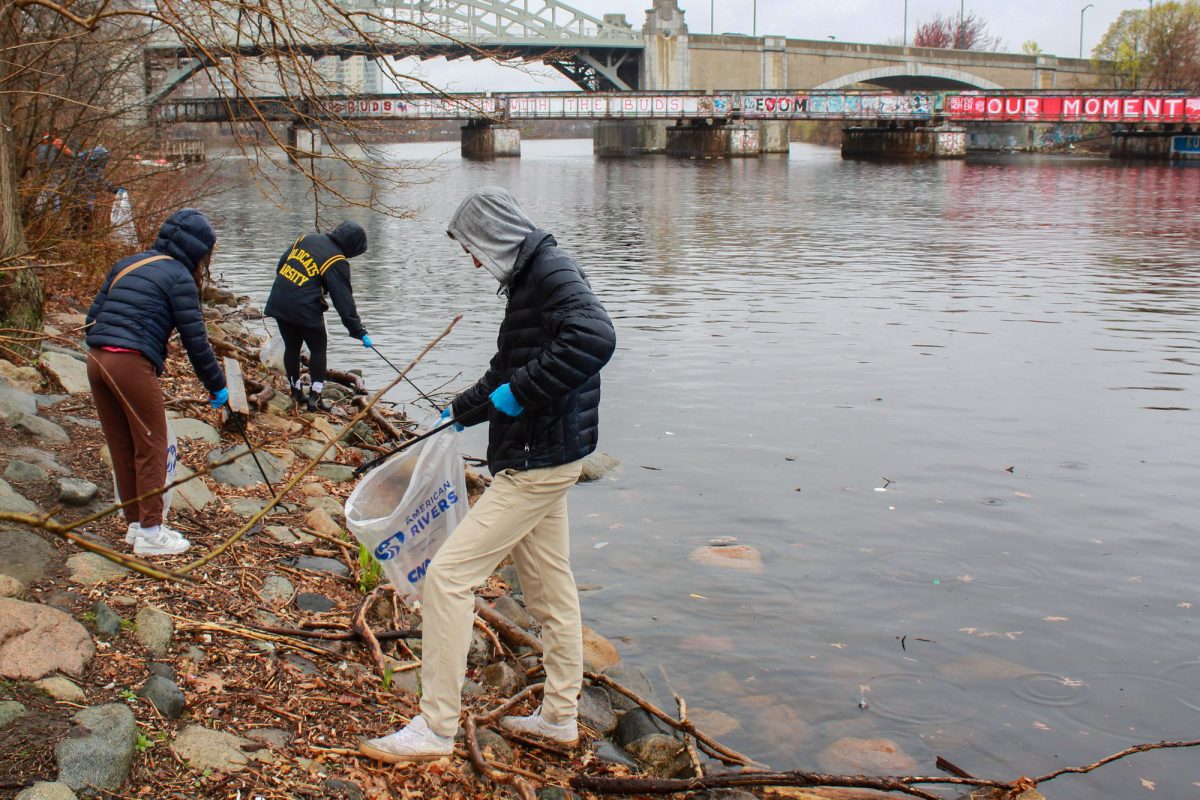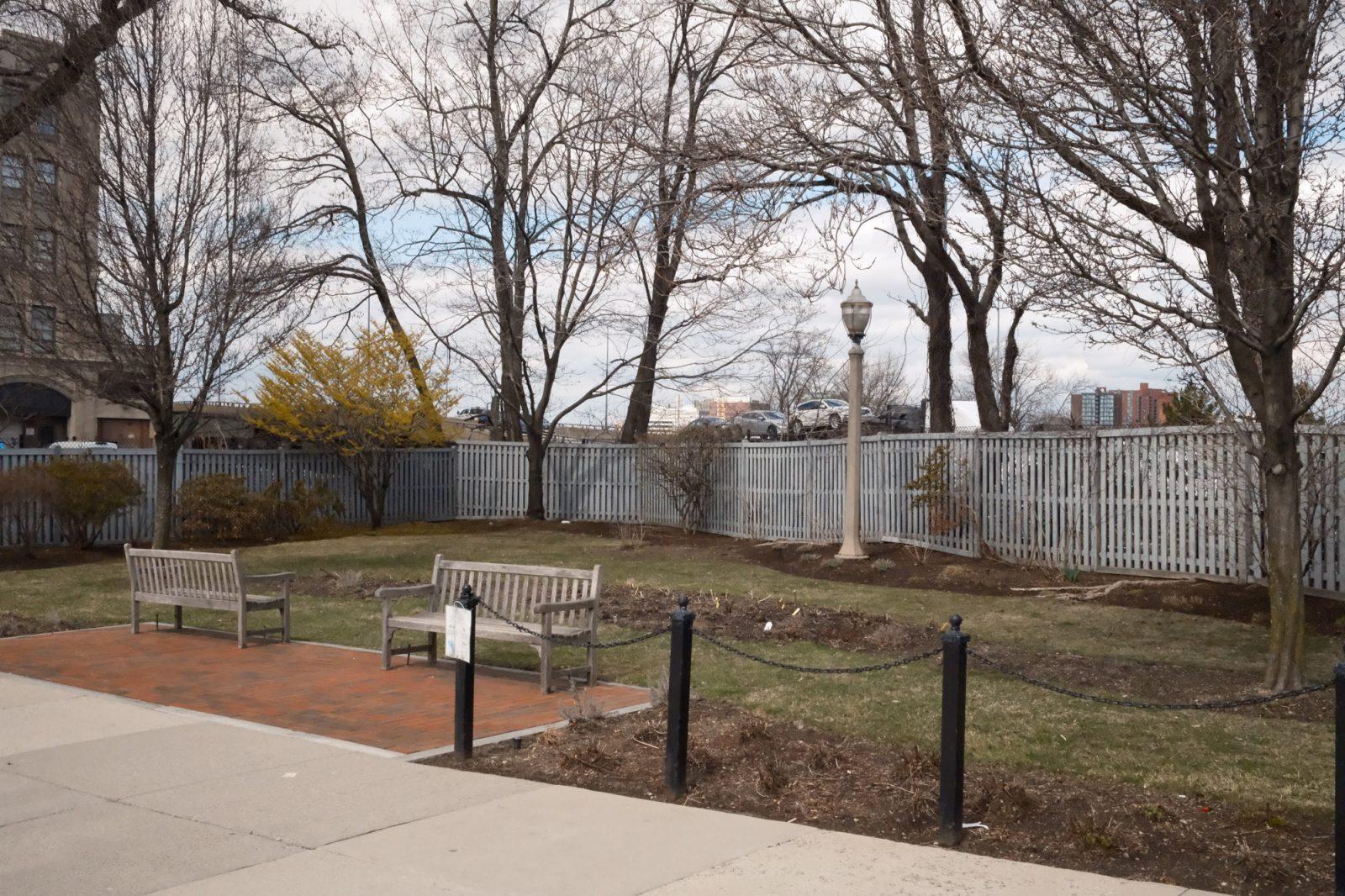As we say goodbye for the semester, here’s your summer itinerary for a ‘round-the-world tour of some of the planet’s scientifically coolest sites.
Your world tour begins in the Daily Free Press office at 648 Beacon St. in Kenmore Square. You’ll start by driving up the East Coast through Maine to the Canadian province of New Brunswick. There, as Features Staff Writer Neal J. Riley reports, you’ll find a very unusual hill…or will you?
THE TRICK HILLS HAVE EYES
Here’s one way to combat high gas prices — put your car in neutral the next time you approach a steep grade. Sure, it’s not going to work just anywhere, but on one small stretch of road in Canada, you’ll watch in amazement as your car rolls backward up what appears to be an incline.
Moncton, New Brunswick is home to Magnetic Hill, one of a few hundred of the world’s “gravity hills.” In the 1930s, a team of local journalists set out to investigate the legend of this mysterious hill, where it had been reported that wagons would nip the heels of the horses pulling them on uphill climbs. According to the hill’s tourism website, the reporters were about to give up after five hours of searching, but after stopping for a moment to stretch, they saw their car slowly roll uphill.
The name of the attraction is a bit deceiving. There are no actual magnets at work to pull your car in a certain direction. Instead, it’s an optical illusion, according to a Frommers travel guide. The hill, which you can experience for $5 per car, is actually a slope on the side of a much bigger hill. It is this skewed perspective that someone on the ground gets that makes it appear as if they are traveling uphill, when that really isn’t the case.
But fun-killing scientific explanations don’t stop Moncton from drawing thousands a year to the hill. The town has made the area around the hill a family-friendly experience, building a large zoo and water park nearby, as well as a concert venue. Mick Jagger and his crew performed in 2005, but no word if they were seen “Rolling” up — or down? — the Magnetic Hill.
ICE, ICE, BABY
The next and literally coolest stop on your world tour is Jukkasjärvi, Sweden, a tiny, sparsely populated Scandinavian town located about 125 miles into the Arctic Circle. Jukkasjärvi is home to the Northern Lights and the midnight sun, but Features Staff Writer Ashley Mayrianne Jones recommends you stay in the ICEHOTEL, the world’s oldest and largest building constructed solely of frozen water.
Every winter since 1980, architects and artists have reconstructed the hotel using ice from the nearby Torne River. Ice harvesting begins in mid-November, when temperatures fall into the subzeros Celcius (below 32 °F) and the ice on the river is strong enough to support a moving tractor. Thick ice is collected from the downstream source, where it is thicker, while the ice upstream is allowed to grow. During the ice harvest, approximately 100 blocks are collected every day, totaling up to 5,000 tons for the project.
Ice blocks are sculpted into beds, decorations and even silverware. The hotel’s rooms and corridors are formed by steel and snow; the steel is removed after the packed snow walls have completely frozen. Construction is continuous, and more rooms are added as the season progresses. In the spring, the thawing ice flows back into the Torne River from where it originated.
A suite in the hotel averages between 17° to 23° F at any given time. Guests sleep on reindeer pelt mattresses and drink hot lingonberry juice (you may know it in cold form as IKEA’s signature beverage) to avoid hypothermia. On the plus side, ICEHOTEL claims that the snow walls result in soundproof rooms, “so a loudly snoring neighbor will not keep you awake.”
And lucky for the science-minded vacationer, this is the first year this improbable resort will have a summer counterpart.
“A smaller version of the world’s coolest hotel is currently being built inside Art Center in Jukkasjärvi,” spokeswoman Victoria Skeidsvoll announced on the hotel’s website in March. “It will open when the midnight sun treats us with 100 bright days in a row.”
This much smaller incarnation will have only three rooms, as opposed to the 60 of the winter version, so it might be best to book now – and start saving. Two beds in June will run you about the Swedish Krona equivalent of $850.
CORAL FIXATION
Teeth starting to chatter in the ice hotel? Fly across the world with Science Tuesday Editor Annie Ropeik to warm up in the colorful waters of the last stop on your tour – the largest single structure on the planet composed of living organisms.
The Great Barrier Reef in the Indian Ocean is the largest reef system in the world. Located off the coast of Queensland, Australia, this chain of 2,900 reefs and 900 islands houses some of Earth’s greatest biodiversity: more than 1,500 species of fish, 400 species of coral, 5,000 species of mollusks, 200 species of birds and 30 species of whales, dolphins, porpoises and dugongs live on or near the Great Barrier Reef, according to the Reef division of Australia’s Cooperative Research Centre.
Corals may look entirely inanimate, but don’t be fooled – they are actually animals. Reefs are composed of coral polyps, tiny tentacle-like extensions that resemble millimeters-wide anemones that live in compact colonies forming coral heads, the large, colorful individual structures that generally make up reefs.
Each polyp is genetically identical, forming via asexual reproduction or budding. Corals, meanwhile, reproduce sexually, releasing their eggs and sperm into the water to create offspring.
Polyps feed small marine life ranging from plankton to small fish, which they immobilize for digestion using their tentacles.
Most corals are harmless to humans, however. In fact, the Great Barrier Reef is home to a thriving tourism industry, raking in about $1 billion in Australian dollars per year in scuba diving, snorkeling, sightseeing and boating trade, according to the Australian government. This is equivalent to about $1.1 billion USD.
Now is certainly the time to visit the reef, because humans are taking their toll on its naturally abundant beauty. The reef is a partially protected site, but runoff and ocean acidification as part of climate change can cause mass coral bleaching, so named because coral loses its vibrant color when it dies, turning great stretches of the reef white and stagnant.
From there, complete your spin of the globe by heading East back to the States. Or keep globe-trotting – there’s plenty out there waiting to be discovered.




















































































































Penny Rollings • Oct 12, 2011 at 9:40 am
Really clean and fantastic user friendly style and design. FYI: Hugohosting-dot-com – Free Webhosting. Earn up to $25 by refer to other.